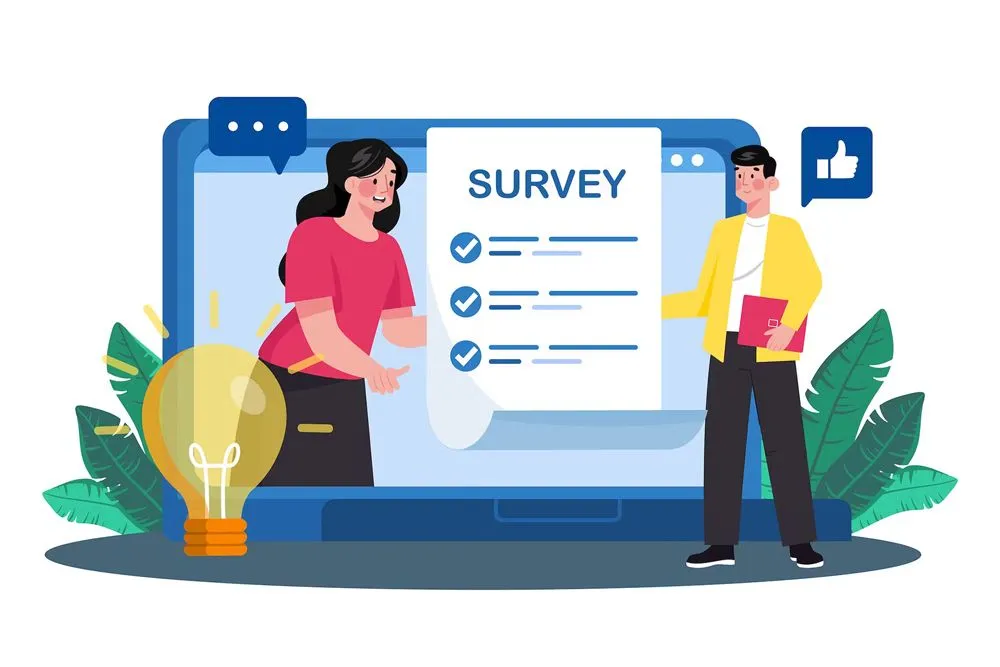Jumping into a digital workplace is a huge adjustment not only for the company but also for your employees. Finding the right tools is just the first step in creating a successful digital workplace. It would help if you also focused on creating great experiences for your employees.
According to OwlLabs, almost 70% of workers in the U.S. have been working remotely in the past year. And with COVID-19 still lurking around the corner, 80% of employees believe that they will continue to do so in the coming months. This cements the importance of digital workplace in your current and future business plans.
With that, here are some tips on how you can create a better digital workplace experience for your employees
1. Assess your current technology
Before you can start operating digitally, you must make sure that your current technology is up for it. Identify the tools that your employees will need to make the setup effective and successful. Some examples are an internet connection, hardware, equipment, and software. Once you have identified your needs, you can start focusing on bridging your current digital system gaps.
With the right technology, the transition into a digital workplace can become much smoother and faster. Likewise, learning about business management software is essential. This type of solution can help you evaluate and determine the best ways to integrate your employees’ workflows into the digital space.
2. Promote effective communications
Thanks to the various communication channels, you can enjoy the full benefits of digital communication in the workplace. Gone are the days of pagers or beepers, fax machines, and mail carriers. Your employees can easily reach out to their colleagues through emails, instant messaging apps, video calls, or other collaboration tools.
By leveraging these tools, you can streamline communications within and outside the office. It allows your team to work together virtually without the need to meet up personally. They can send files and documents to another via emails or upload them into centralized storage. If there are any significant announcements or updates, you can automatically notify everyone else in just a few clicks.
3. Make files and data accessible
Having a digital workplace means digitizing all the needed files, documents, and data for your processes. But more than that, you must make sure these are all readily accessible to your employees. After all, this would contain all the information and materials they need to accomplish their tasks.
A centralized database allows your employees to share different files and documents with everyone within the organization. They can upload these files for anyone else to view, edit, or download. And to make sure that all these documents are secured, you can set specific permissions and authorizations for each employee. You can also provide an employee portal where they can access their payrolls, attendance, performance rating, assignments, and more.
4. Ensure support is readily available
Technology can be a fickle thing. It can sometimes crash unexpectedly, resulting in unplanned downtimes. Likewise, your employees might encounter some issues that they cannot resolve by themselves. Without proper attention, this can impact individual and team productivity.
Thus, it is crucial to provide proper support for such cases. And while not everyone can have a dedicated IT team to help maintain the digital workplace, there are other options available for you. For one, you can outsource IT professionals. Another option is to search for reliable digital workplace solutions with excellent customer support. With their expertise, they can assist your employees with any problems they encounter in your digital workspace.
5. Provide flexible digital workspace
One of the greatest benefits of digital workplace is the flexibility it provides for all your employees. Through it, your employees can even start working remotely full-time. Most importantly, it makes scaling up your business easier and faster.
To ensure flexibility, you should consider cross-platform compatibility with all (or some) of your crucial apps and software like smartphones, tablets, and other mobile devices. This way, your employees can access work even while on the go. Likewise, you can design your workspaces to be user-friendly so that everyone and anyone can easily get used to the various apps and software needed for the job.
Revolutionizing the workplace
At this point, having a digital workspace is inevitable. It can bring huge changes to your business processes as well as your employees’ workflows. Such an overhaul requires proper planning, preparation, and implementation for it to be effective and successful. But most importantly, you need to make sure that your employees can adjust comfortably to the new setup.
By providing a great digital workplace experience for your employees, they can maintain or, better yet, boost their productivity and efficiency in the long run. It will allow them to utilize the various technologies available at their full potential to improve their workflows. But most importantly, it can make them feel more confident to face the future with your organization.






